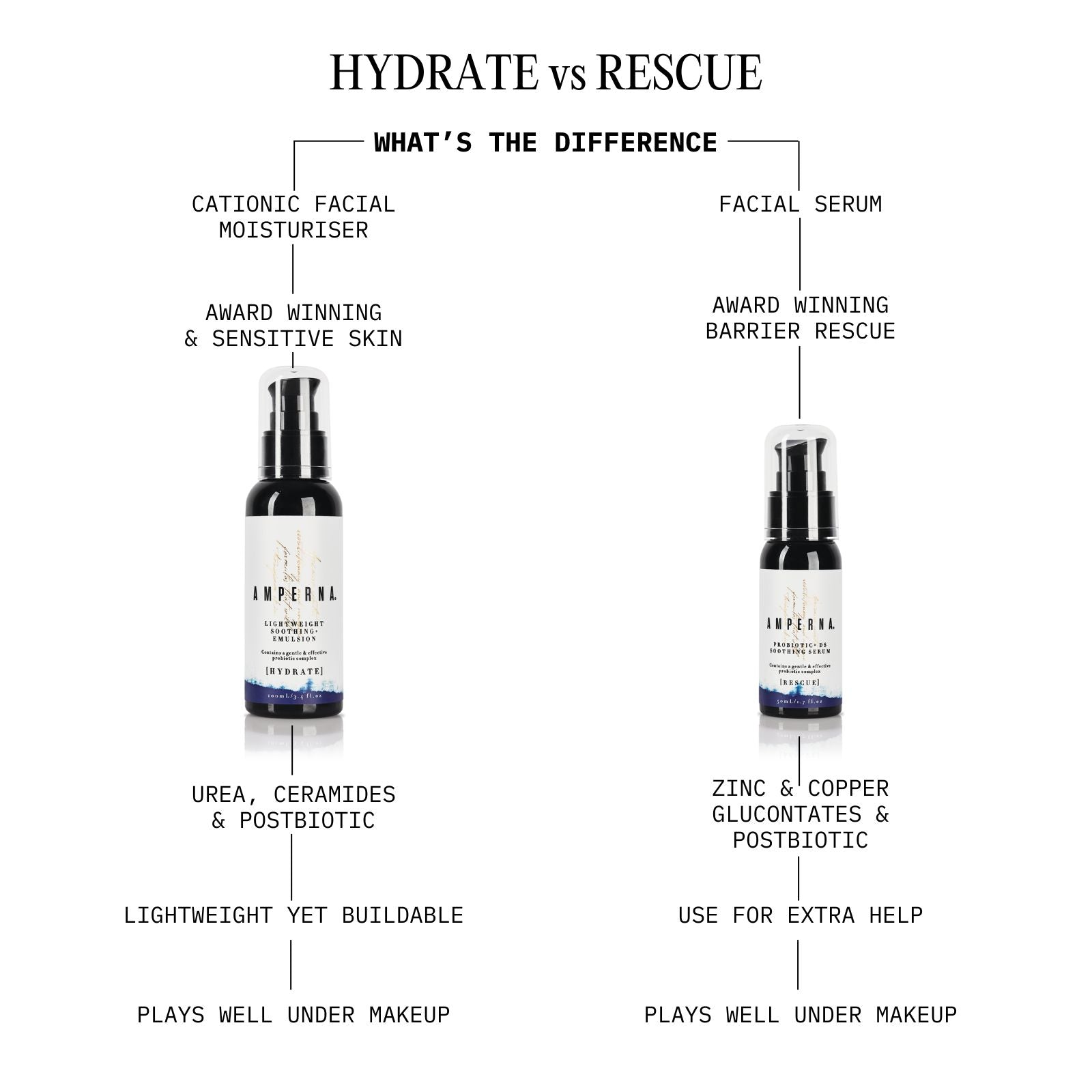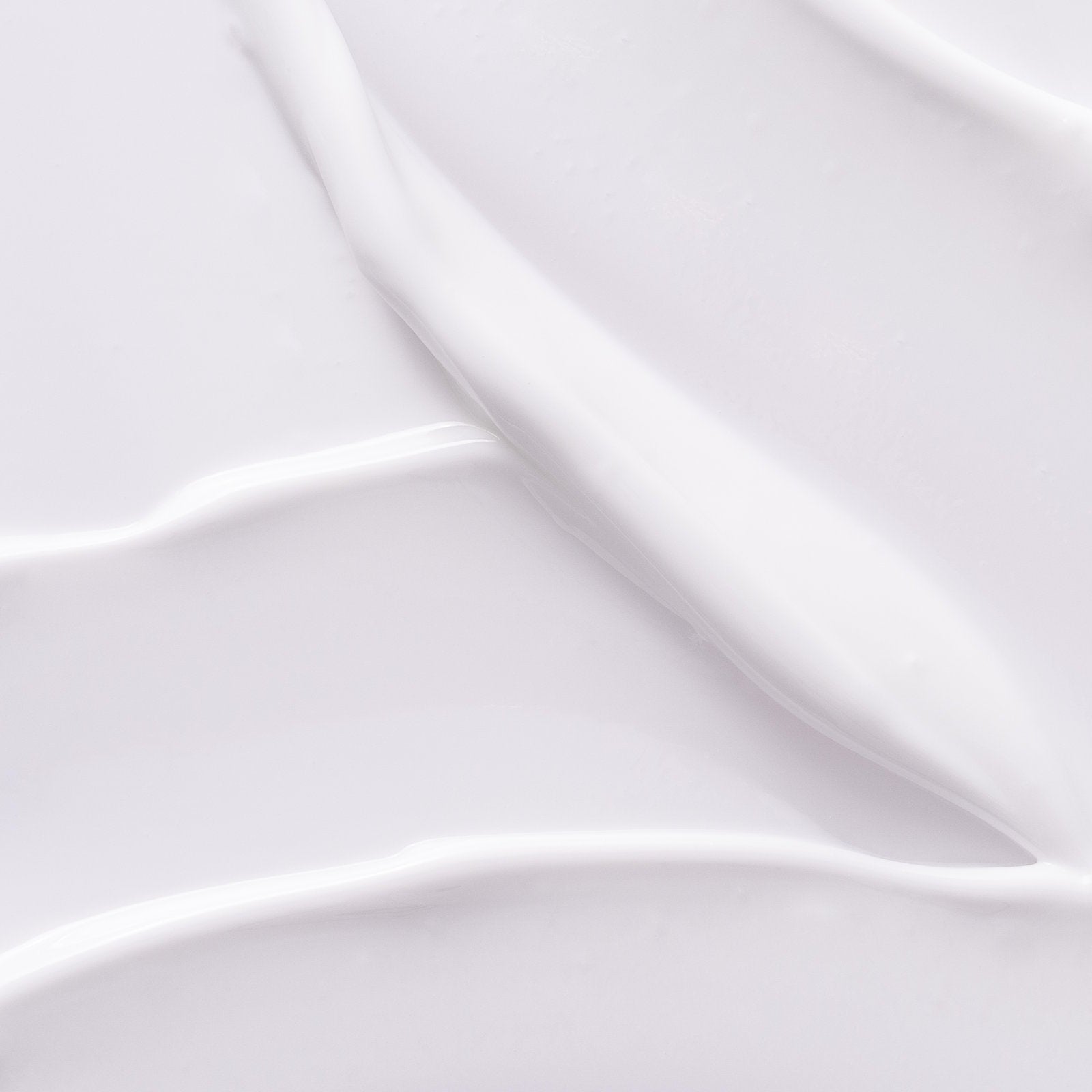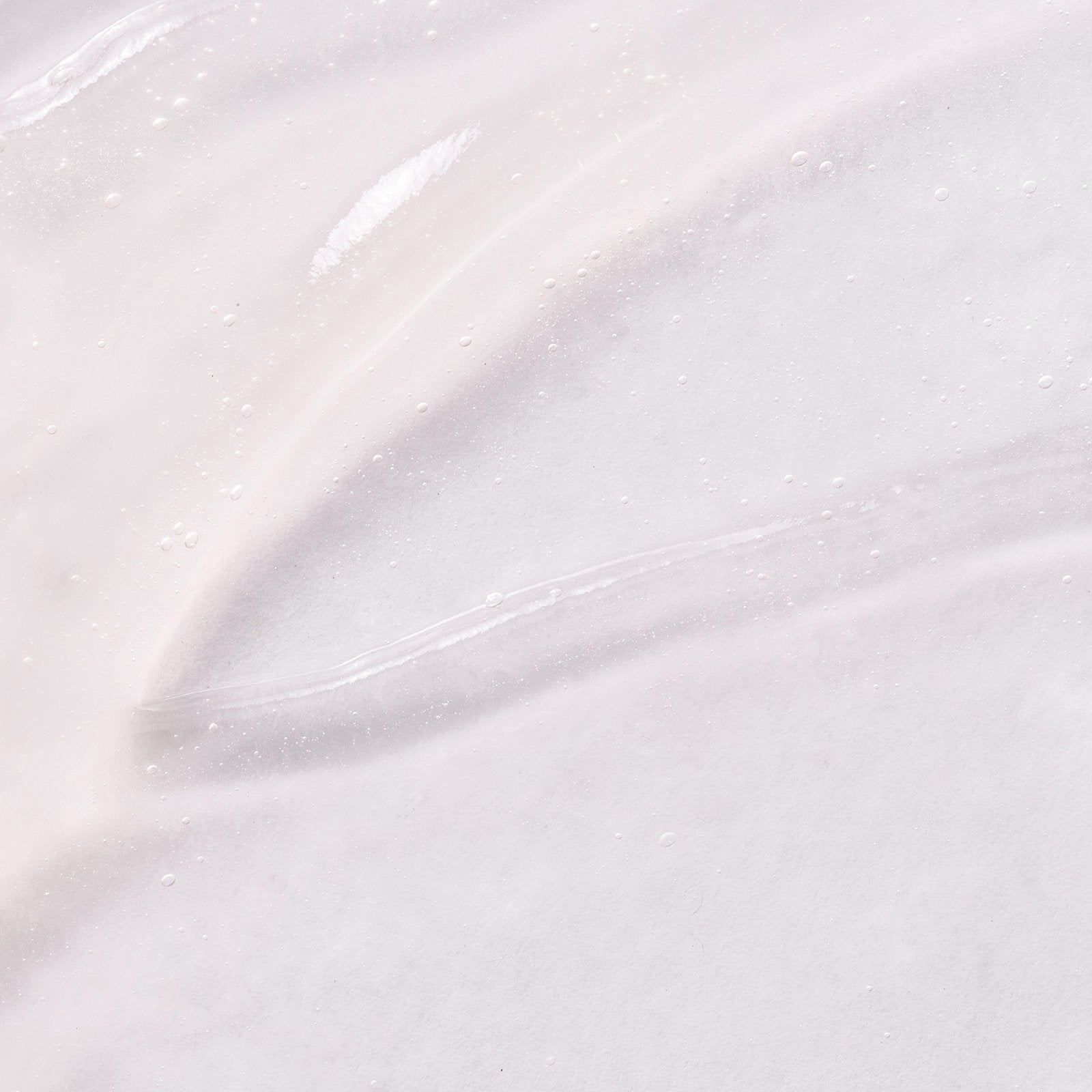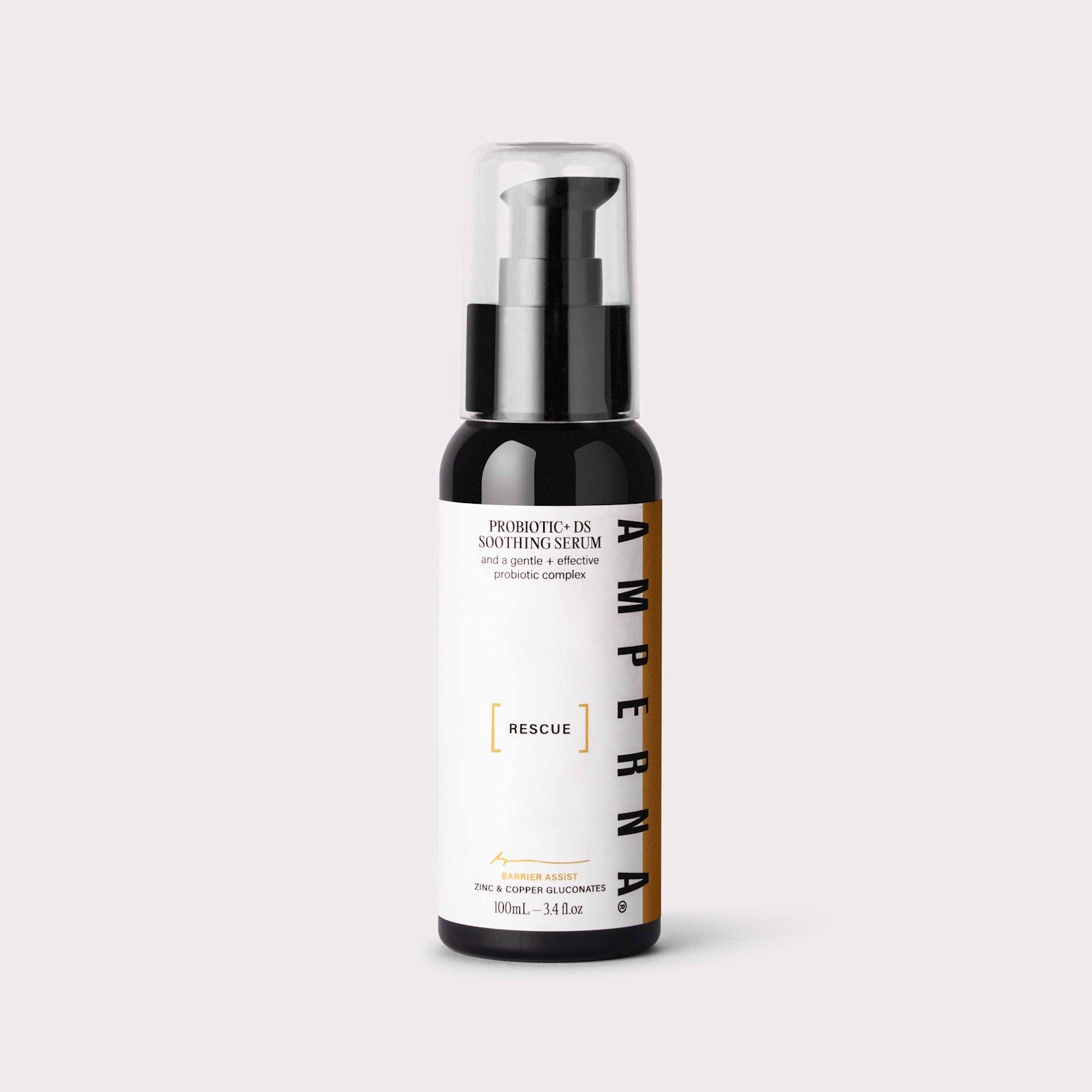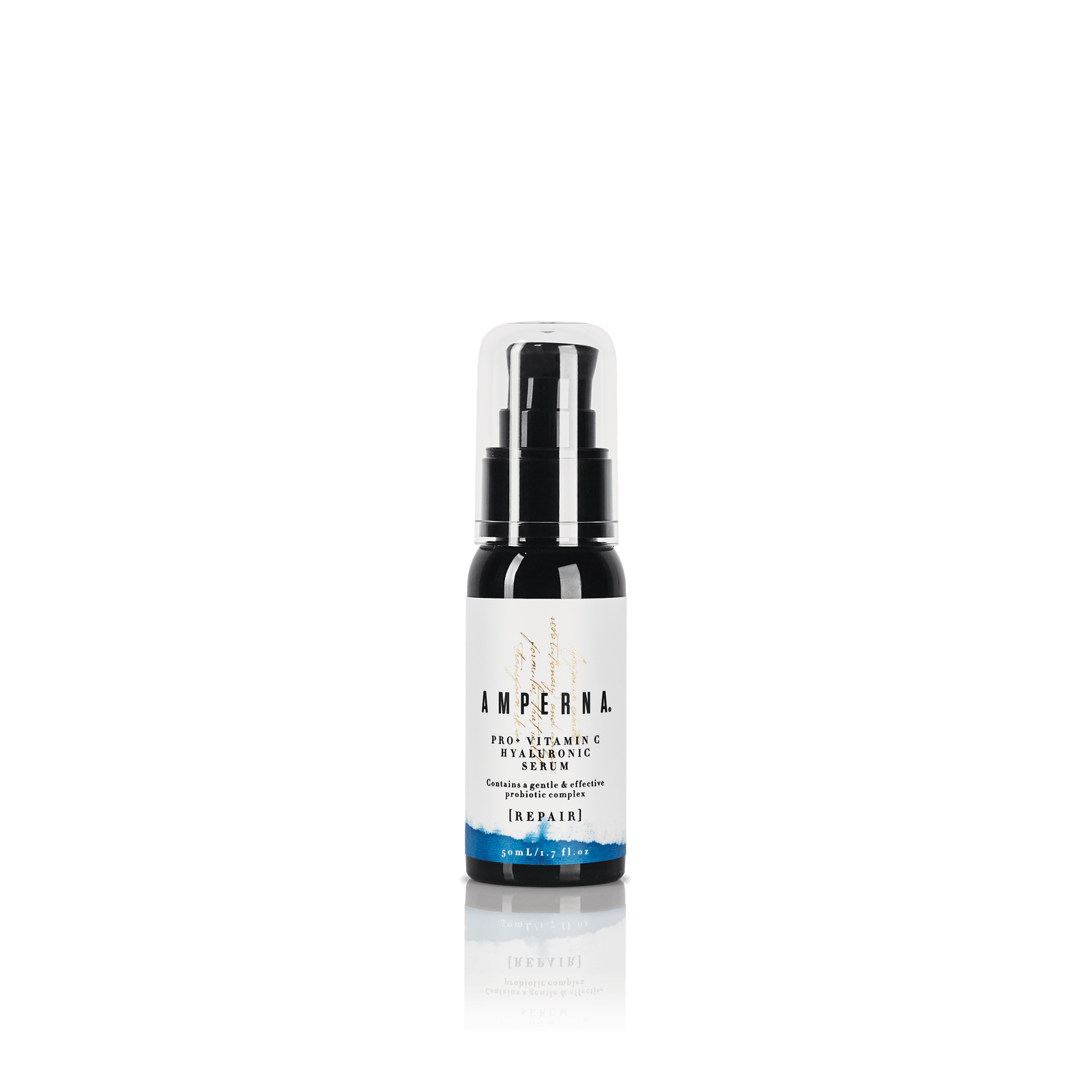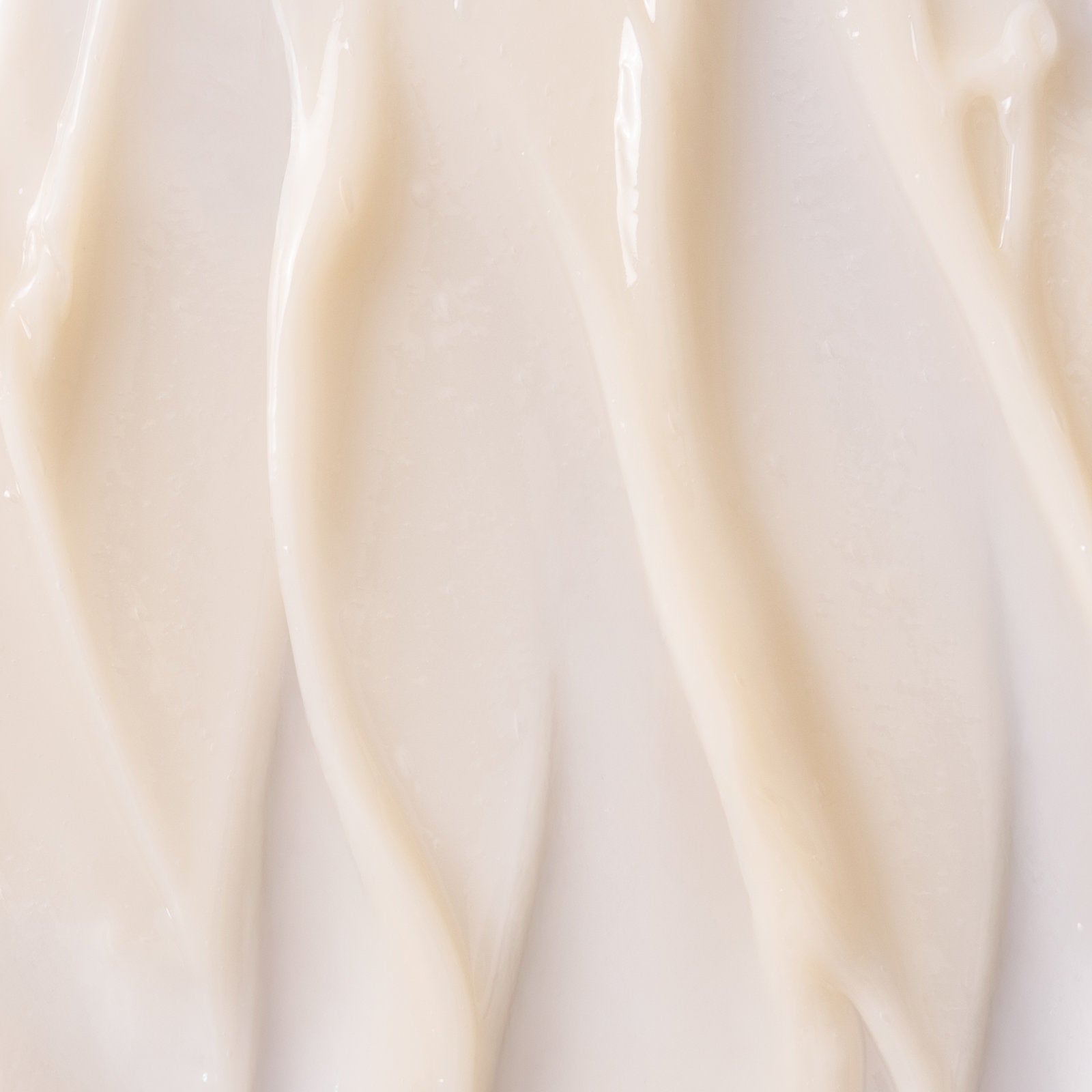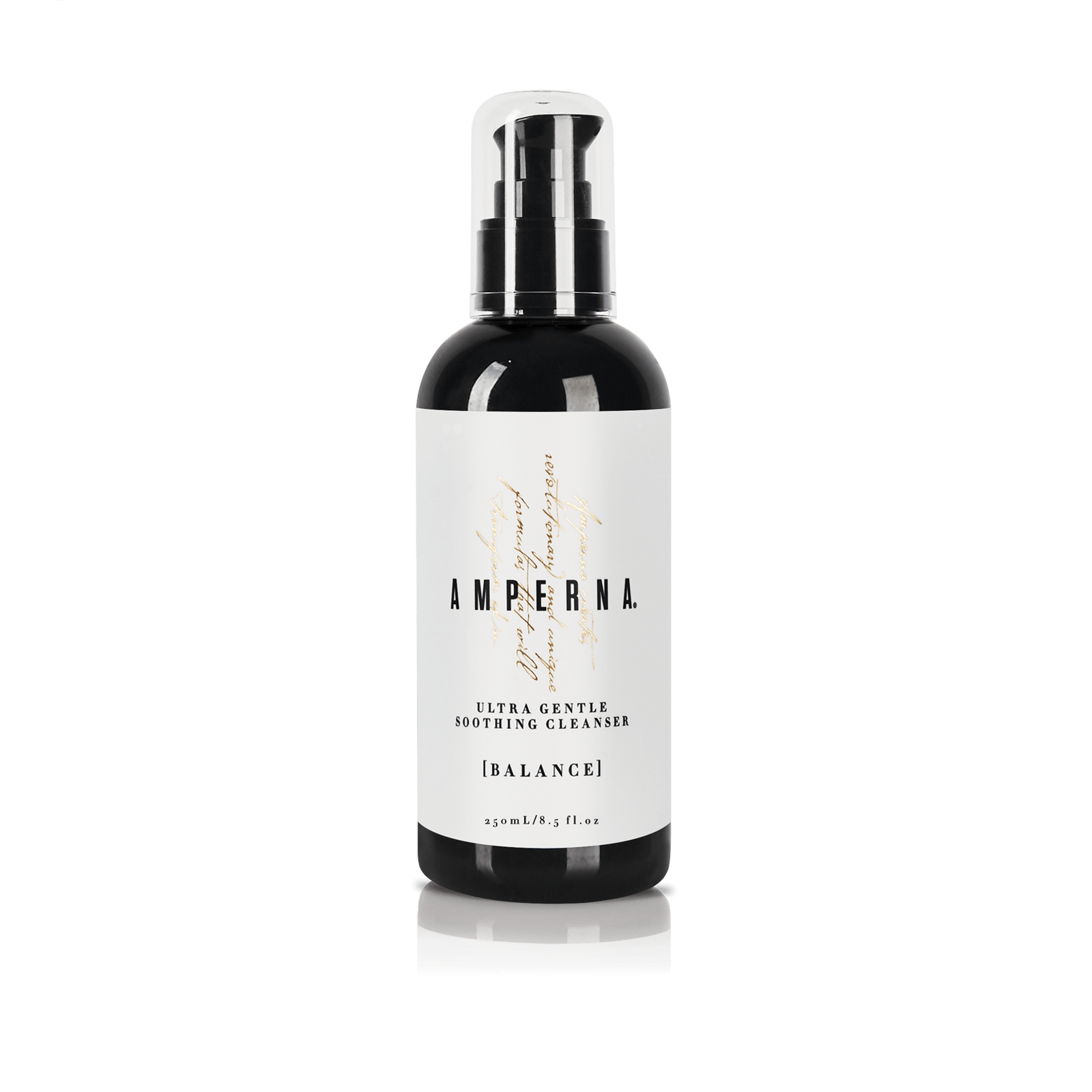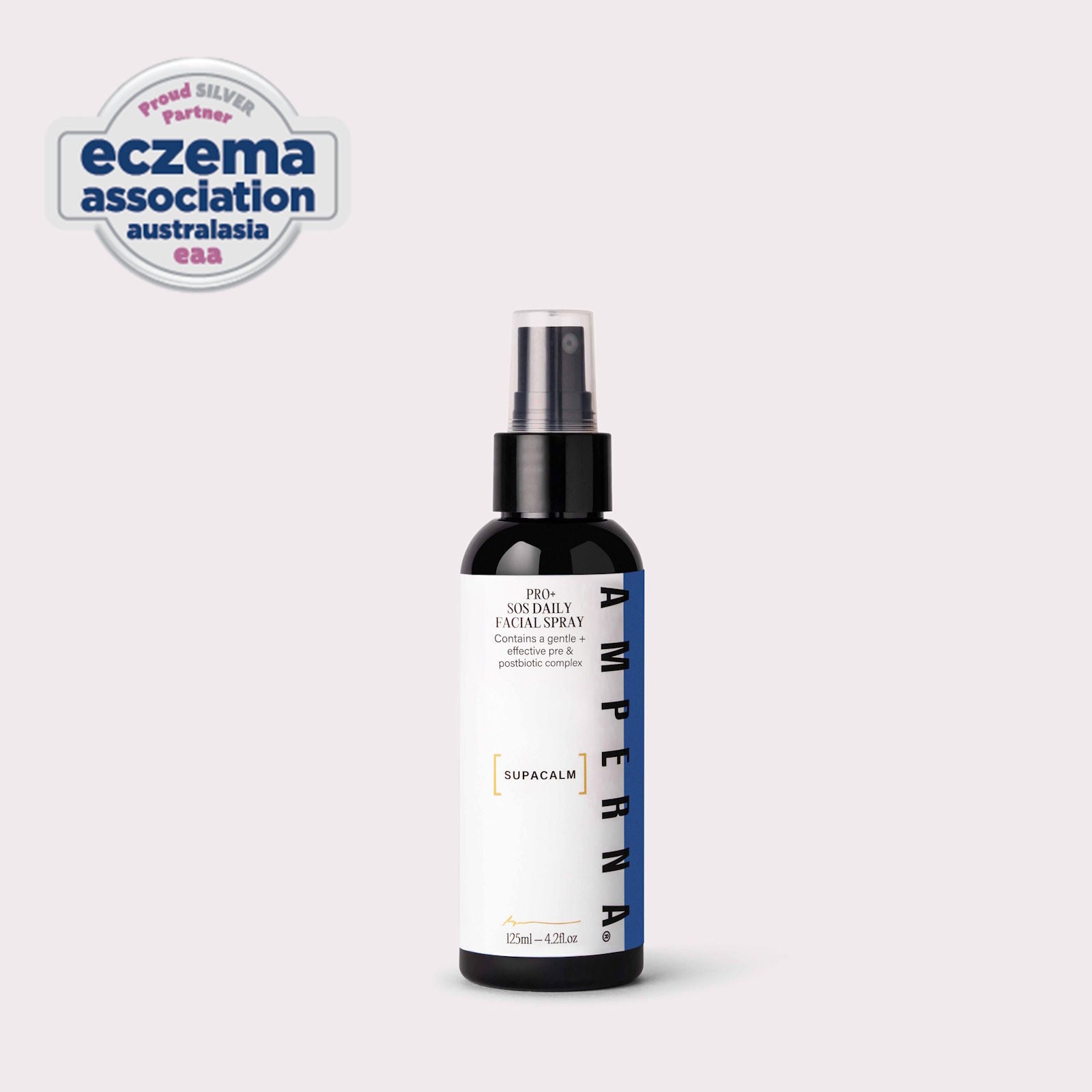If you are using skincare products containing active ingredients such as Alpha Hydroxy Acids (AHAs), Beta Hydroxy Acids (BHAs) and retinol, it is extremely important to follow the directions carefully and protect your skin from the sun. This is particularly important as these products increase the potential for skin sensitivity to the sun.

Why Active Ingredients Make You More Susceptible to Sun Damage
- AHAs & BHAs are a serious exfoliators meaning they break down dead skin cells which can thin out the top layer of the skin.
- AHAs & BHAs can remove pigment and decrease the further production of pigment so your natural sun protection decreases
- Retinols work to accelerate the formation of new skin cells and new skin can be more sensitive and prone to sunburn
Why it is Important to Protect Your Skin from the Sun
The heat from the sun can damage and age your skin. Enough exposure reduces your natural supply of oil and UV radiation can burn your skin and change its structure.
The most common types of sun damage that effect the skin are:
Sunburn
This can appear immediately after the skin is exposed to UV radiation and ranges from mild cases where the skin becomes painful and red to more severe cases where blisters can develop.
Dry skin
Prolonged sun-exposed can cause you skin to lose moisture and natural oils, making it appear dry and wrinkled.
Actinic keratosis
this is a rough scaly patch caused by many years of sun exposure. It is most common on the face, lips, scalp, neck, forearms and back of hands. Due to the ability for Actinic Keratosis to give rise to skin cancers, they are often removed as a precaution.
Collagen break down
UV radiation can cause collagen breakdown to accelerate at a faster rate than associated with normal aging. It does this by penetrating the dermis (middle layer of the skin) causing buildup of elastin.
Photoaging
Premature aging of the skin because of sun exposure.
Actinic purpura
UV radiation damages the structural collagen that supports the walls of the skin's blood vessels)
Types of skin cancer
Long term unprotected sun exposure and repeated sunburn can increase the chances of being diagnosed with skin cancer. The three main types are:
- basal cell carcinoma
- squamous cell carcinoma
- melanoma, which is the most dangerous.
The risk is higher for people with fair skin and light eyes due to less melanin pigment which is known to help protect the skin form UV radiation.

How to Practice Sun Protection When Using Active Skincare Products
Apply sunscreen
Apply sunscreen every day you are planning to go outside. Make it the last step in your beauty routine so it sits on top of your skin and protects you from UV rays. If you apply sunscreen first it prevents your active products such as AHAs, BHAs and retinol from penetrating deep into your skin.
If you are using active products at night only, such as AMPERNA® 10% Pro+ Resurfacing Lotion, we still recommend you apply sunscreen during the day whilst using this product.
The Cancer Council recommends using sunscreen on days when the UV Index is 3 or above. When UV levels are below 3 sun protection is not recommended, unless you work outdoors, are near reflective surfaces (like snow), or outside for extended periods. You can get a daily update on the UV rating at the Bureau of Meteorology: http://www.bom.gov.au/uv/
When applying sunscreen, you need to do it 20 minutes prior to sun exposure and in the following quantity:
- Minimum of one teaspoon per limb, one for the front of the body, one for the back and one for the head. A full body application for an adult should be at least 35mL or seven teaspoons.
It is also recommended you choose a sunscreen that has an SPF of 30 or higher, is water resistant, and provides broad-spectrum coverage, which means it protects you from UVA and UVB rays. To remain protected when outdoors, reapply sunscreen every two hours, or immediately after swimming or sweating.
Wear a hat
Wearing the right type of hat can give you good UV protection.
Considerations when choosing a hat:
- Ensure it provides shade to your head, ears, face and neck.
- Hat Styles: Broad-brimmed, Legionnaire's and bucket hats with a wide brim provide good protection. Baseball caps do not protect the neck and ears and visors only protect your face.
Choose sun-protective clothing
The right clothing can offer very good sun protection. According to skincancer.org, the considerations when choosing sun protective clothing are:
- Colour: the golden rule is darker colours such as red, navy and black absorb more UV rays, so opt for them rather than pastels and light colours.
- Construction: Material, weave and texture affect how well your garments protect you from the sun. Dense, heavy and tightly woven fabrics such as wool and denim are best.
- Ultraviolet protection factor: A selection of clothing is specifically designed for sun protection and comes with a rating. The higher the rating, the better the protection
In addition, size and fit are other factors to consider.

Whether or not you are using active skincare products it is always recommended you follow these steps, wear sun protective sunglasses and seek out shade on high UV-factor days.
Did you Know there are Two Different Types of Sunscreen?
PHYSICAL
Often referred to as natural or mineral sunscreens (recommended for sensitive skin). They aren't absorbed into the skin, but sit on top blocking or deflecting UVA and UVB rays. You may think of the thick white zinc oxide commonly worn by lifesavers and surfers on their nose, but there are now many newer formulations available with a much finer consistency. Check out our AMPERNA® Pro+ Bio Soothing Day Mineral CC SPF15 which has been designed to help people with even the most sensitive skin. The unique adaptive moisturising formula is suitable for all skin tones. It includes AMPERNA®’s probiotic complex, is reef-safe and light enough to wear everyday by itself or under makeup.
CHEMICAL
Typically light weight, non-greasy and easily absorbed by the skin. They contain active filters which absorb UV rays before they can cause damage. As some chemical sunscreens can trigger breakouts, allergies or irritation due to certain ingredients (every skin is different), it’s best to patch test somewhere discreet first before applying to your face.
If you are using the AMPERNA® range or are considering doing so, you may have questions on how to best introduce the products into your skincare regime. Kiri can help you tailor the products to your individual needs and welcomes any questions at info@amperna.com
For more information on the AMPERNA® brand, including when our new products will be available this year, go to amperna.com
Reference sources:
https://www.hcf.com.au/health-agenda/body-mind/physical-health/why-australians-need-to-be-sun-smart
https://www.skincancer.org/blog/sun-protection-and-vitamin-d/
https://www.health.harvard.edu/a_to_z/sun-damaged-skin-a-to-z



